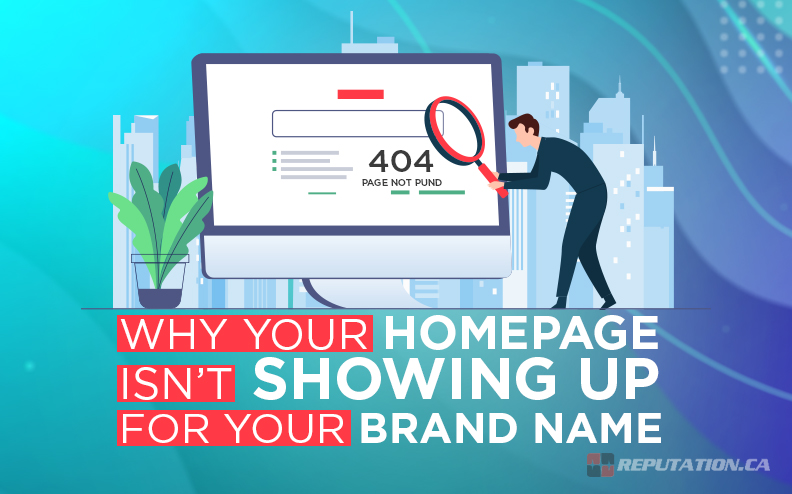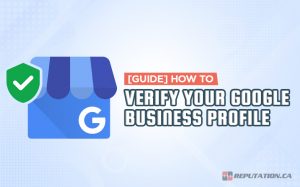You’ve done everything right. Your website is well-designed, with a mobile version that looks good. You’re writing regularly, optimized for SEO. You’re paying for ads, you’ve ensured your site is publicly accessible, and you’re following all the guides.
Yet, when you search for your brand name on Google, your homepage is nowhere to be found.
If this devastating occurrence has happened to you, well, it sucks. It’s a huge waste of time and money to put all that energy into a site, only to have it not work the way it should. It’s disheartening, and it’s enough that many people quit their businesses because of it.
We’re here to tell you that it’s not time to pull the plug. Before you start taking drastic actions, run through this checklist. Something is wrong, but what is wrong can be identified, and you can, in all likelihood, fix it.
There are, broadly speaking, three categories of issues that might be keeping you from ranking for your brand name.
- Technical issues. These are issues that get in the way of Google indexing your site in the first place.
- SEO issues. These are issues that prevent you from ranking well, but your page may still be visible, albeit on page 50 of the search results.
- Reputation issues. These are issues wherein your reputation is such that all of the pages that cover bad press about you out-rank you for your name.
Thus, the first thing you need to do is figure out which of these categories is your problem. Then, determine what specifically your problem is, and take steps to fix it.
Check for Indexation Issues
The first thing you can do is check to see if your page is indexed in Google at all. There are two primary ways to do this.
The first is easy. Simply go to Google and type in “site:www.example.com” where example.com is your URL. Does anything show up? If yes, your site is indexed. If that’s the case, skip to the second section. If nothing shows up, then your site is not indexed, and you have to figure out why.
The second option is to use the Google URL Inspector. This tool is part of the Google Search Console. Run your URL through the tool according to these instructions. You will either be told your site is indexed, or that it’s not, and they will give you some indication as to why.
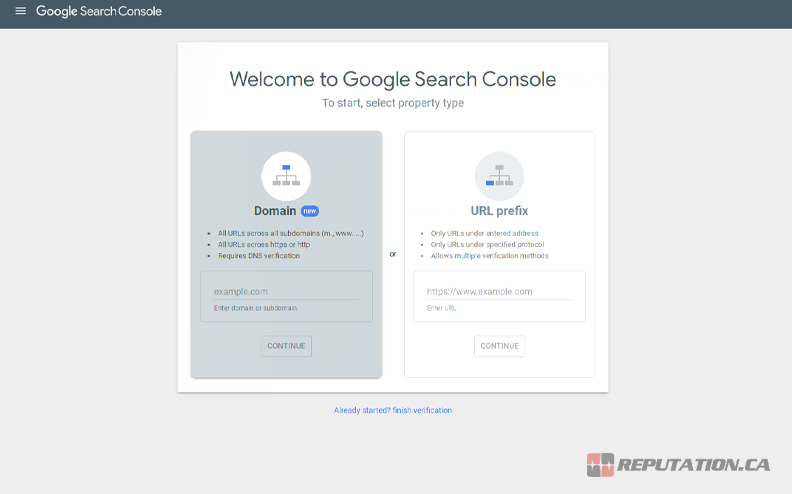
If your site is not indexed, you need to figure out why and fix the problem. Here are the most common reasons, and how to fix them.
- Your site is too new, Google has simply not discovered it yet. To fix this, you can submit a sitemap to Google, you can use the URL inspector to request a crawl, and you can claim your URL as a property in the Google Search Console. All of these will inform Google that the page exists and will schedule it for indexation.
- You’re blocking the Google bots. Google uses robots to crawl pages. If you’re blocking the bots, they won’t be able to index you. Many people block bot traffic since many bots are malicious, but overzealous blocking can prevent indexation. Check your .htaccess file or your robots.txt file for directives that block the google bots. If they exist, remove them and request a crawl.
- Your site was penalized with a manual action and deindexed. Sites that are hacked, sites that are largely spam, or sites that have large script errors or other issues are often removed from the index. You will generally see this under the “manual actions” report in the Google Search Console. If this is the case, Google will tell you what the problem is and, in broad terms, how to fix it.
There are a few other more technical reasons why your site might not be indexed. You can read about the above, and the other issues, in this comprehensive guide.
Check for Reputation Issues
The second major reason why you might not show up for searches involving your brand name is that you’re simply outranked by sites covering bad press about you.
Every business has to contend with the likes of Trustpilot, Yelp, YP, TripAdvisor, and other review aggregation sites taking many of the top spots in the search results. However, Google is generally nice enough to identify the actual homepage for a business and ensure that the homepage ranks comparably to those sites, at least in terms of searches just for the brand name. That way, even small, local businesses don’t have to worry about a global brand like Trustpilot crushing them out of the running.
However, that only applies to review sites and sites of a similar nature. What happens if your business has negative reviews on sites like PissedConsumer, TheDirty, legal document sites like Justia, or even personal blogs with detailed bad reviews?

Google says that negative reviews on those kinds of sites don’t hurt your SEO. What they don’t say is that those sites can still out-rank your site, and you have no protection against them compared to normal review sites.
Additionally, what happens if you hit the news cycle? If your brand gets negative coverage in sites like Forbes, CNN, Fox News, or any of the ABC, NBC, BBC, NPR, or AP affiliates, suddenly you’re going to have negative coverage in thousands of sites, many of which have top-1000-in-the-world SEO value. There’s virtually no way you can out-compete them.
To diagnose this issue, perform a simple Google search for your name. It should be pretty obvious if your site doesn’t rank on the first page, but where does it rank? Tab back a page, two, three, and see if you can find it. If you can’t, you can also use tools like the Ahrefs rank tracker or AccuRanker to check for where you rank.
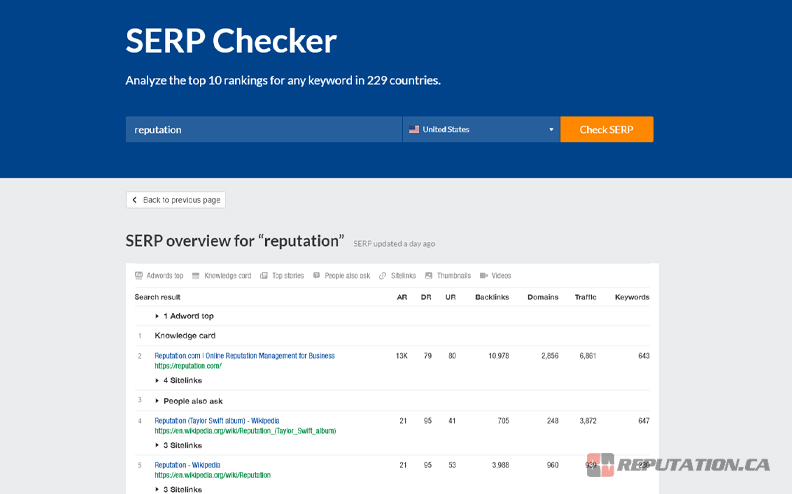
If your site is indexed, but you’re not out-ranking bad press or a negative reputation, it’s time for reputation management.
How to fix it: The main thing you need to do is embark on a three-fold quest.
Part one is to work to suppress the negative press. A lot can go into this. Look for negative press and identify if it’s true or false. False press, either slander/libel or fake reviews, can often be removed. You may need to talk to a lawyer and draft a threat letter. You may need to check web host policies for false content and report sites. You may need to report fake reviews to review sites. There are a lot of different actions to take, here.
Part two is to strive to build a positive brand image, to counteract the negative image. The biggest thing to do is address and fix whatever caused the negative image in the first place. Fire a bad executive, change a company policy, enact new directives to encourage positive change, whatever it takes.
Once you’ve addressed the issue, you can then embark on a campaign of counteracting negative press. Find the reporters who have written about your bad press and send them a message, to discuss the changes you have made. A press release can help. Getting positive coverage, getting stories edited or retracted, a lot of different actions can help you out. If there’s going to be coverage of your brand out-ranking you, at least make it positive coverage.
Part three is a sustained campaign of content marketing to bolster your existing SEO. Produce high-quality, relevant content and publish it in bulk on a schedule. Guest post under your brand name. Build backlinks. Do everything you can to bolster your site’s SEO value. All of this will empower your site to stand tall and overcome the negative press.
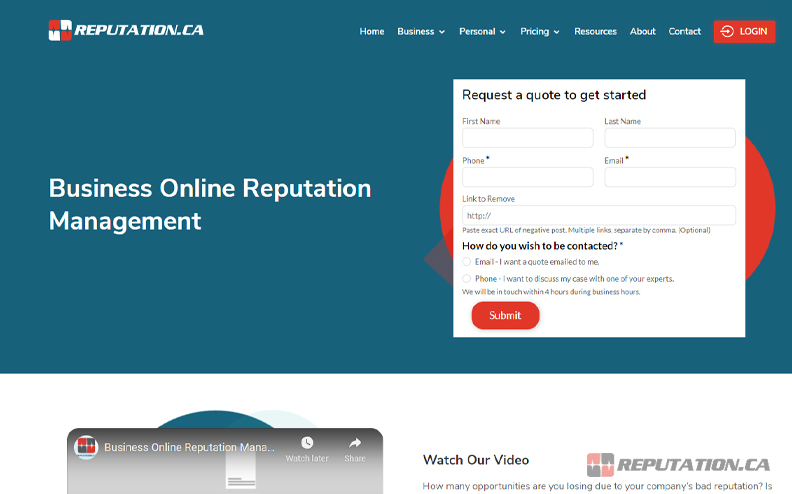
We’re glossing over a lot here. The actual process of dedicated, business-class reputation management is lengthy, complex, and comprehensive. It’s well worth it to pay a reputation management firm like ours to do the work for you. We’re experts; we know what to do and how to do it, we have the resources at our disposal to do it well, and we can handle everything from diagnosing your issue to resolving it. Sure, it costs money, but so does being overwhelmed by a negative reputation.
Check for SEO Issues
The third of three reasons why your site might not be ranking for your brand name is general SEO issues. These are cases where:
- Your brand name doesn’t have any dedicated brand results. For example, a company named “Red Tennis Shoes” might have a very hard time ranking against all of the shoe companies selling red shoes.
- Your brand name is close to another brand name with more SEO value than you. A company named “Nike’s Gear” after the Roman goddess will have a hard time out-ranking the company Nike.
- Your site is simply too small, too new, too unproven, or too lightweight in terms of SEO to rank. Google, essentially, doesn’t consider you noteworthy enough to be a brand name.
All of these can be fixed with a thorough SEO audit that addresses any issues, followed by a dual campaign of link building and content marketing to buff up your web presence.

The good news is, if this is the case, it will only take 6-12 months of sustained effort to get you in the rankings, if not number one. The bad news is, it will take at least some time, almost no matter what.
Here are things to check for or do:
- Look for thin content pages and buff up or remove them.
- Look for system pages like tag or attachment pages that count as thin, and remove them from the index.
- Check for and remove instances of duplicate content, and use canonicalization to aggregate the value of each page into one.
- Check for and fix grammatical and spelling issues throughout your site.
- Check for plagiarized content and remove it.
- Perform a thorough link audit, removing spam links, no-following low-quality links, and disavowing bad backlinks.
- Check for manual actions in the Google Search Console and address them if they exist.
- Give yourself more time. Remember, it takes time for a site to be indexed, to build its initial value, and to recover from problems. Results seldom happen instantly, and you shouldn’t expect them to.
At the same time, you will need to do some of what the reputation management process does above. Namely, focus your site on positive SEO. Publish high-quality, branded content regularly, and focus on building high-quality backlinks for your site. All of this, collectively under the header of content marketing and/or SEO, is crucial for competing in today’s online marketplace.
You may also consider changing your brand name. If you have a keyword matching domain or brand name (like the Red Tennis Shoe example above) you will find it oppressively difficult to compete. It’s easier and less expensive to change your branding to something more unique than it is to compete.
Pulling Ahead

No matter what your issue is, if you want your business to be a success, you need to diagnose and fix it. Different issues have different processes and different resolutions, but they all start the same way: figuring out what’s wrong.
Whether you’re competing against juggernauts, fighting your past in the form of bad press and reviews, or just struggling to find a place, you can solve all of your issues with marketing, reputation management, and an understanding of how the Google algorithm works.
We recommend doing the first part yourself. Check to identify what the specific problem is. Once you know, you can decide: do you want to DIY a response? Will it be cheaper and faster, in the long run, to hire a reputation management firm to handle your problem? Or is your problem simple one of marketing, and you’ll be best off hiring a marketing company? All of these are perfectly valid options. All that remains is taking action.
What are your thoughts? Have you ever had to deal with this issue yourself before? What did you do? Be sure to tell us your stories in the comments section below!




